At Voiceover.Cafe, we frequently receive requests to re-version MP4 videos created in Adobe After Effects for a wide range of global languages. Clients often ask us to add subtitles, localised voiceovers, or even both to their videos. Here, we’ll explore the different approaches and highlight why proper adaptation is crucial for ensuring clarity and audience engagement.
1. Adding Localised Voiceovers to English Text in an Encoded Video
While adding localised voiceovers might seem like a quick fix, it can be quite confusing for the audience, especially when the on-screen text remains in English. This is particularly problematic for content that is technical, scientific, or medical, where accuracy and clarity are essential. If the original project assets (voiceover, music, and effects) are not available, this approach may become not only impractical but also very costly due to the challenges of synchronizing the voiceover after translation.
Using this method should be a last resort, as it does not provide an optimal experience for the audience.
2. Burning-in Localised Subtitles Over English Text in an Encoded Video
Adding subtitles to an English-language video is another common request, but it often leads to a visually cluttered screen. The audience has to divide their attention between English on-screen text and the translated subtitles, while also listening to the English voiceover. This can cause cognitive overload, especially if there’s significant text on the lower third of the screen, where subtitles typically appear.
While subtitling might seem like a straightforward solution, it often leads to visual conflicts and a distracted audience, reducing the impact of your message.
3. Adding Both Localised Voiceovers and Subtitles to an Encoded Video
This approach offers a slight improvement by providing both a translated voiceover and subtitles. However, the user may still rely heavily on the subtitles if they cannot understand the English text, meaning they might not fully engage with the voiceover.
4. The Ideal Solution: Adapting After Effects Projects for a Truly Localised Video
The most effective way to adapt After Effects videos is by working directly with the original text and voiceover assets within the project file. This ensures that the final adaptation is seamless, fully localized, and clear for the intended audience. Not only does this approach provide the most accurate results, but it also offers better value compared to the limitations of simply adding subtitles or voiceovers to a pre-encoded file.
5. The Correct Workflow for Adapting After Effects Projects
Our team of localisation experts at Voiceover.Cafe begins by carefully reviewing the source After Effects project files. This enables us to assess the assets and determine how to best manage language expansion during translation. Our workflow involves several stages:
- Exporting Audio-Visual Assets for Translation: We ensure that each element is properly exported and formatted for translation, preserving the integrity of the original project.
- Editing and Re-Timing: Once the translations are approved, we edit and re-time the text and voiceover to fit the project’s timeline perfectly, ensuring smooth and natural transitions.
- Quality Assurance: A thorough QA process ensures that the final adaptation meets the highest production standards, matching the quality of the English master file.
Special attention is given to font selection and character sets, especially for complex languages like those from the Indic regions. Adobe After Effects often requires third-party plugins to handle such scripts correctly, and our engineers ensure everything is properly adjusted for perfect results.
This tailored workflow ensures that your video adaptations maintain the same production quality as the original, while being fully localised and engaging for global audiences. The only noticeable difference is that, due to language expansion, the final video may run 10-25% longer than the original version.
By adapting your projects with this approach, you can avoid common pitfalls and deliver high-quality content that resonates with all viewers, regardless of language.
